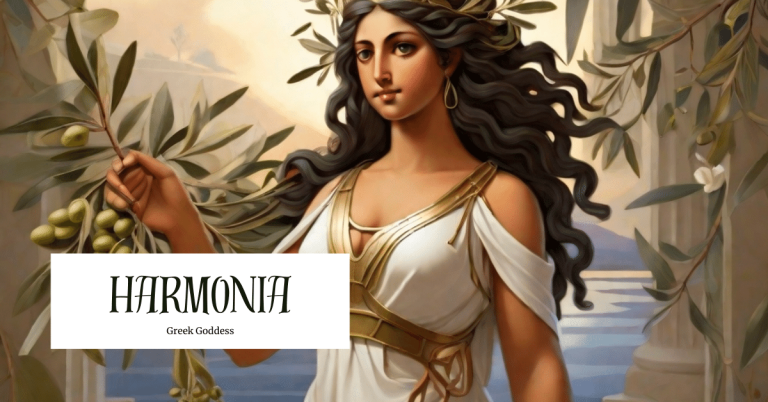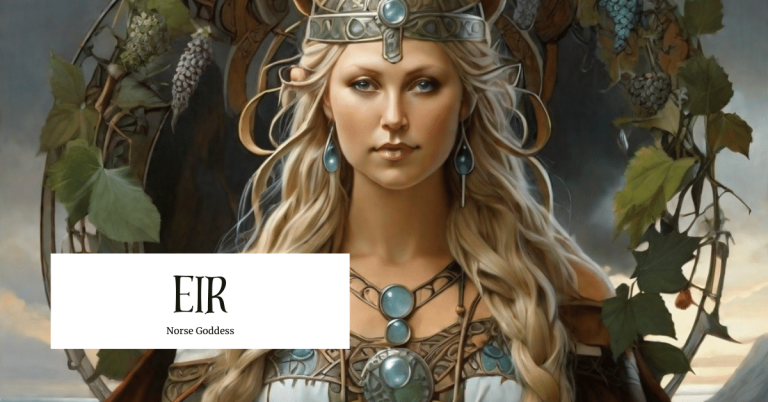Harmonia: Goddess of Harmony and Concord
The Greek pantheon has various fascinating gods and goddesses, each possessing unique attributes and enthralling stories. Harmonia is a goddess…

The Greek pantheon has various fascinating gods and goddesses, each possessing unique attributes and enthralling stories. Harmonia is a goddess…

In Norse mythology, the goddess Eir is revered as the patroness of healing and stands out as a radiant emblem…